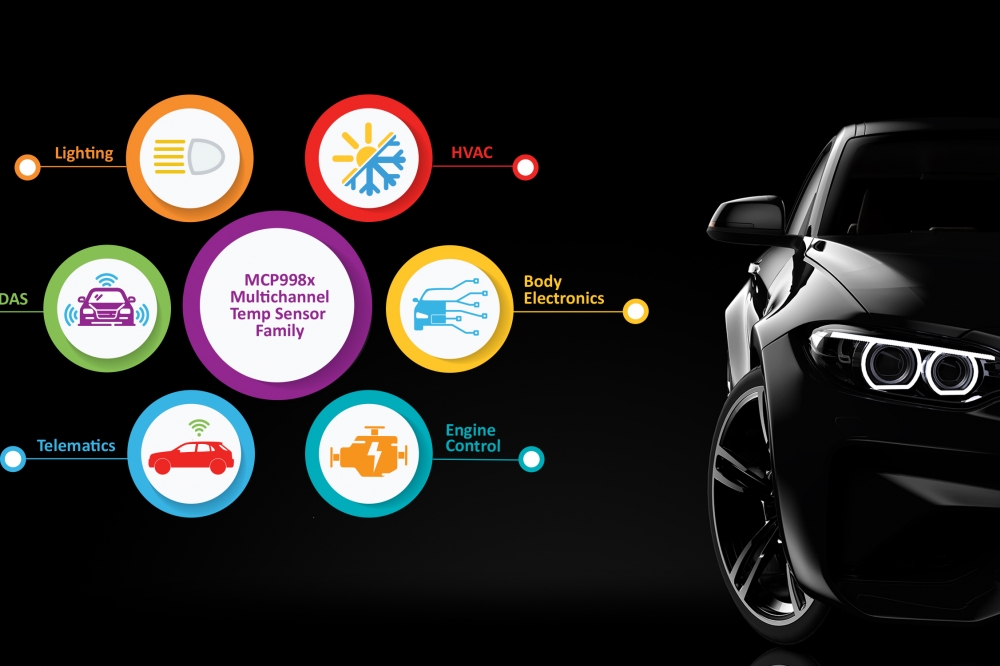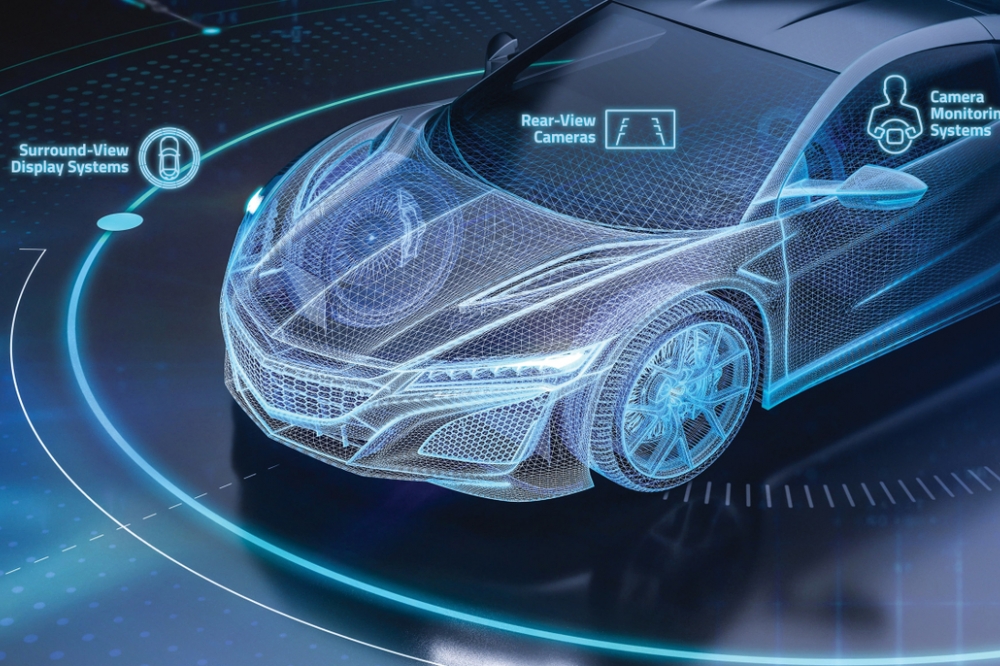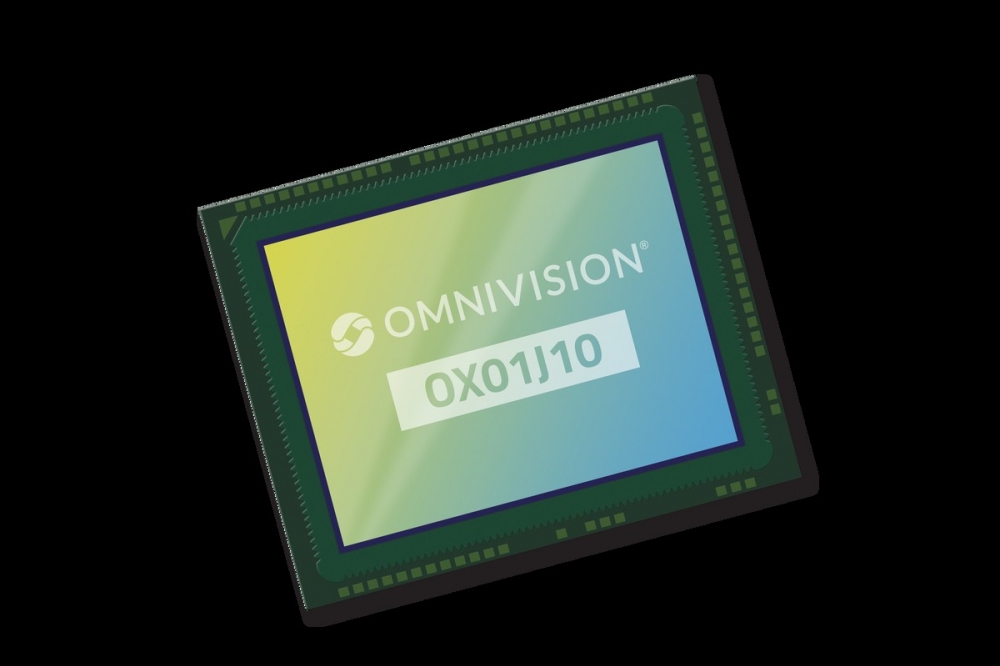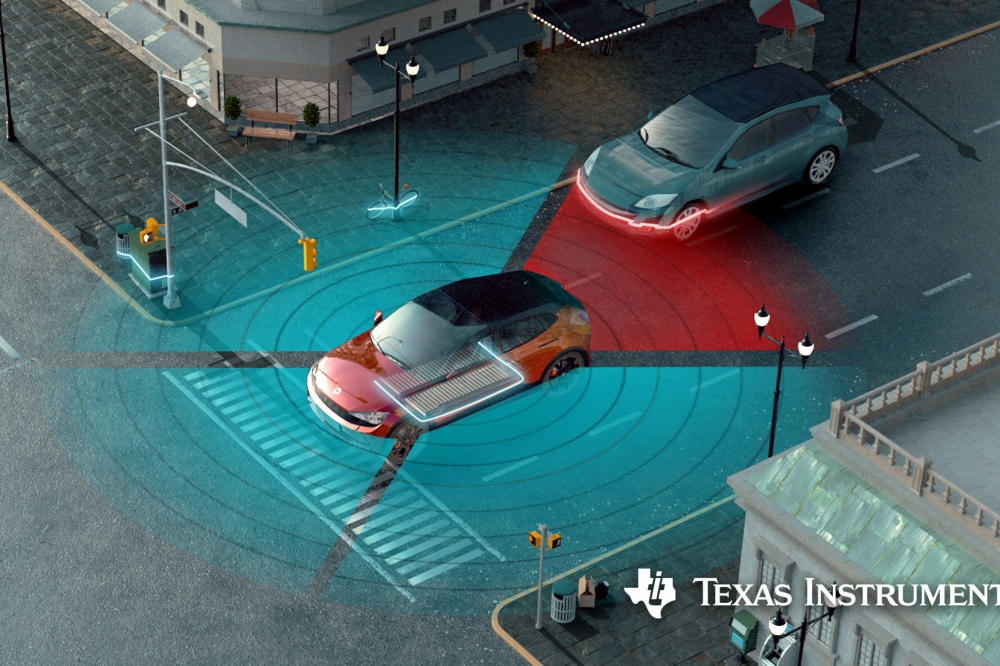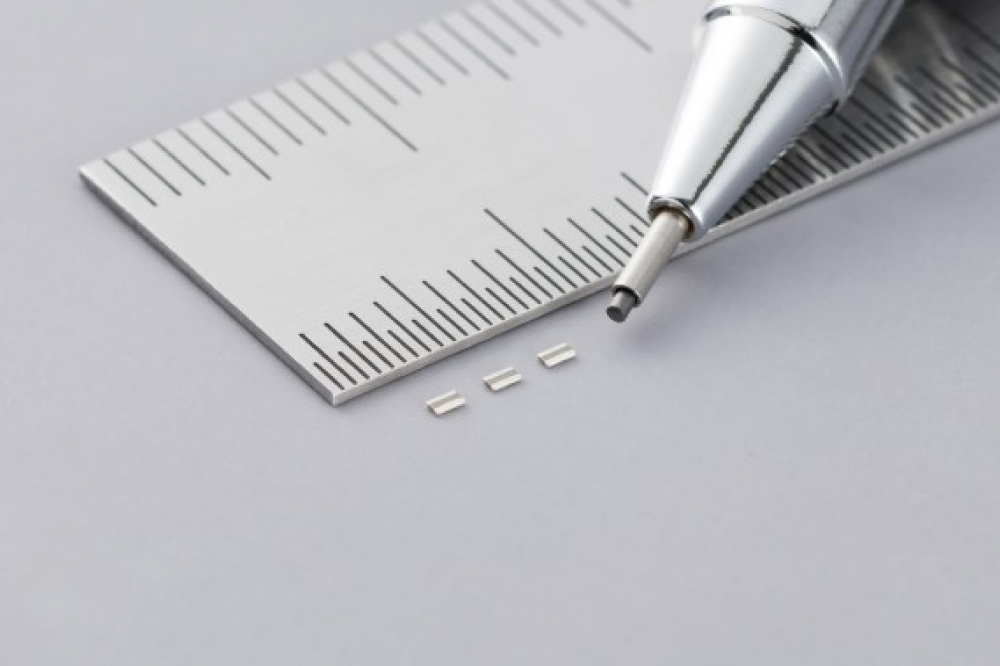ARM builds image signal processor for AEV market

The ARM Mali-C71 was designed from the ground up for the growing number of cameras needed in cars.
ARM unveiled the Mali-C71, its first image signal processor (ISP) built from the ground up for the automotive market.
ISPs process raw pixel data so it can be displayed to a driver or used for further processing by computer vision algorithms. ARM's ISPs already offer high dynamic range, noise reduction and other features for devices like smartphones and videoconferencing systems, but cars require higher performance ISPs.
"The reason people add cameras to cars is to make the car safer," explained Richard York, ARM's senior director of ARM's embedded segment, "either to make it capable of autonomously driving, to make the car aware of its surroundings, or to simply better enable visibility for the driver."
The Mali-C71 is the first development to come out of ARM's 2016 acquisition of Apical, which gave ARM the capabilities in imaging and computer vision necessary to meet the automotive market's needs. It's a market with major potential: In 2016, there were just over 50 million camera modules shipped in the automotive market, according to Strategy Analytics. By 2023, that number should surpass 200 million, with cameras used for rear-facing parking, automatic breaking, pedestrian detection, to replace rearview mirrors and so forth. By 2023, the average mid-range car is expected to have three cameras, while luxury sedans will be approaching 10 cameras each.
The Mali-C71 fits in with ARM's agenda of moving beyond the mobile market, particularly into automotive.
The images it produces, with features like low latency and advanced error detection, also meet the needs of computer vision applications. For instance, in the image below, a computer vision application may not recognize the picture on the left as a car. The image on the right shows how the Mali-C71 manages highlights in an image to make it more clear.
Meanwhile, the Mali-C71 enables ARM partners to process images from all of a car's cameras within just one SoC. Previously, one ISP would be needed for each camera. Yet as the number of cameras in cars increases, manufacturers are trending towards building a centralized system. Ultimately, combining all of the data collected from different cameras should create a safer system.
The safety applications built into the ISP mirror the way ARM has built safety features into CPUs. It includes hardware features to detect faults within the ISP itself but also in links to the sensor. ARM also provides documentation support to its partners, as well as full reference software to get a system up and running.
"In simple terms, we make it as easy as possible for our silicon partners to build the ISP into a system that cares about safety to the highest levels possible," York said.
ARM builds image signal processor for AEV market
Modified on Friday 28th April 2017
Find all articles related to:
ARM builds image signal processor for AEV market


 Add to my Reading List
Add to my Reading List Remove from my Reading List
Remove from my Reading List
